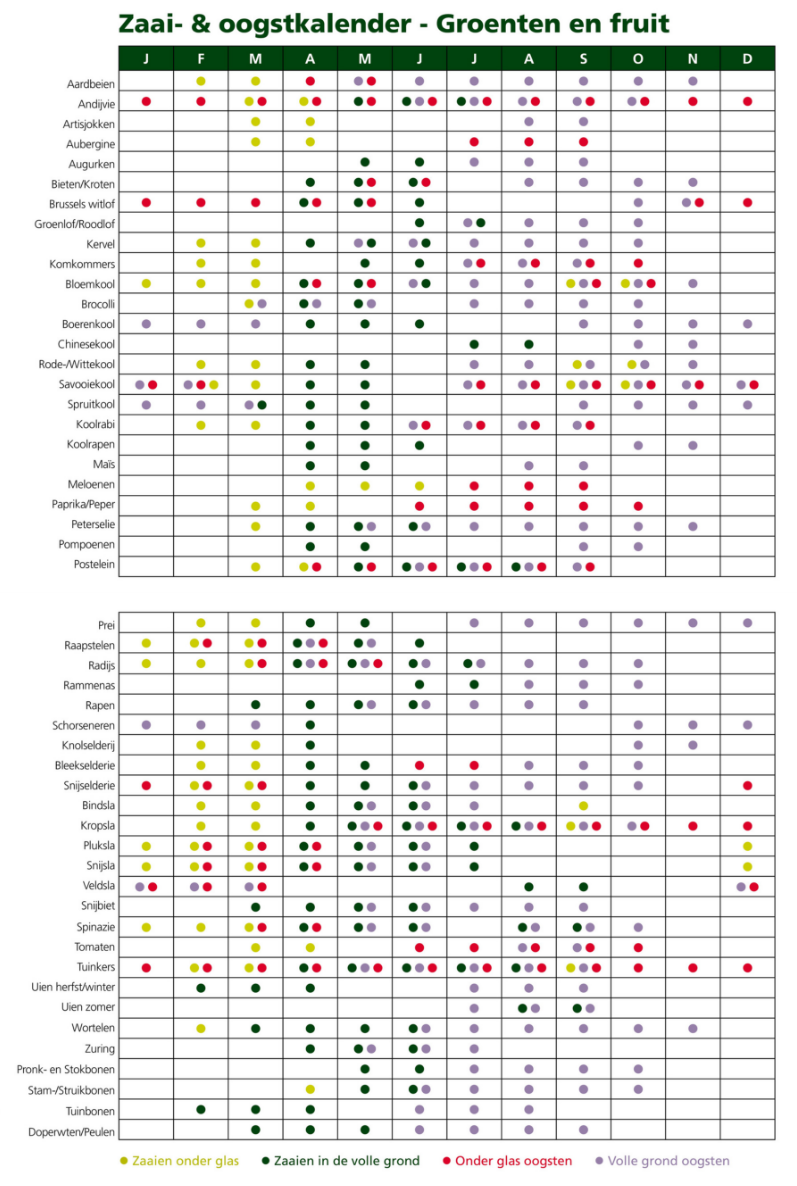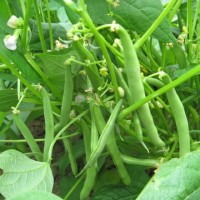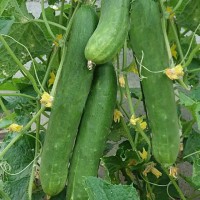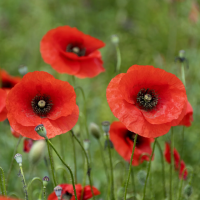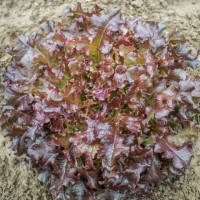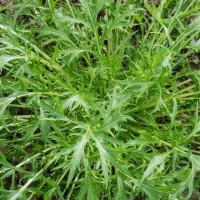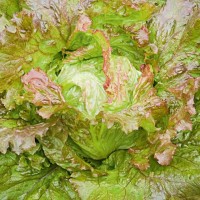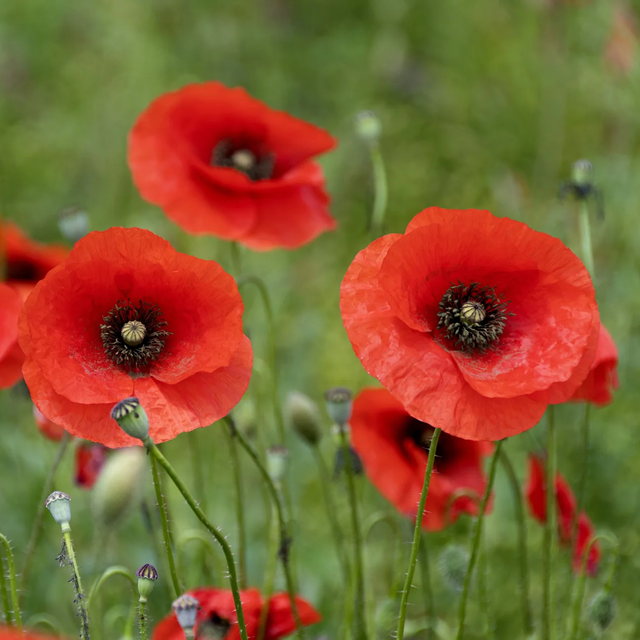
Red Poppy Mix
All seeds from Gaia Seeds are of the highest quality. These seeds are cultivated in harmony with nature. Without chemical pesticides, artificial fertilizers, or genetic manipulation.
This Red Poppy Mix contains the most popular varieties: Papaver orientale, Papaver rhoeas, and the double Papaver somniferum (sleeping poppy). A stunning and spectacular plant that brings us joy because summer has begun! Due to the many flower buds, you don't notice that poppies are short-blooming. On average, the plants grow to about 80 cm tall. Poppies, also called klaproos, are easy to sow and require little fertilization or care. The flowers are edible, but don't take too much—about 1.5 grams per day is safe. Maanzaad is the seed of the sleeping poppy, which you can use in dishes.
Sowing Poppies
It couldn't be simpler: scatter the seeds on loose, moist, tilled soil in a sunny spot. There's no need to cover the seeds with soil. Fertilizing isn't necessary, and water the plants sparingly. Papaver orientale and sleeping poppies can become quite large. Support them with a stick if needed. Deadflower stems and leaves can be cut away for even more abundant flowering. Poppy varieties can crossbreed. Which plants will emerge next year is a surprise.
Sow poppies starting from February. To extend the flowering period, sow again at the end of March or in May.
- Stock: In Stock
- Brand: Gaia Seeds
- Category: Various flowers
- SKU: GS-BLDB09
Available Options
Red Poppy Mix
All seeds from Gaia Seeds are of the highest quality. These seeds are cultivated in harmony with nature. Without chemical pesticides, artificial fertilizers, or genetic manipulation.
This Red Poppy Mix contains the most popular varieties: Papaver orientale, Papaver rhoeas, and the double Papaver somniferum (sleeping poppy). A stunning and spectacular plant that brings us joy because summer has begun! Due to the many flower buds, you don't notice that poppies are short-blooming. On average, the plants grow to about 80 cm tall. Poppies, also called klaproos, are easy to sow and require little fertilization or care. The flowers are edible, but don't take too much—about 1.5 grams per day is safe. Maanzaad is the seed of the sleeping poppy, which you can use in dishes.
Sowing Poppies
It couldn't be simpler: scatter the seeds on loose, moist, tilled soil in a sunny spot. There's no need to cover the seeds with soil. Fertilizing isn't necessary, and water the plants sparingly. Papaver orientale and sleeping poppies can become quite large. Support them with a stick if needed. Deadflower stems and leaves can be cut away for even more abundant flowering. Poppy varieties can crossbreed. Which plants will emerge next year is a surprise.
Sow poppies starting from February. To extend the flowering period, sow again at the end of March or in May.
